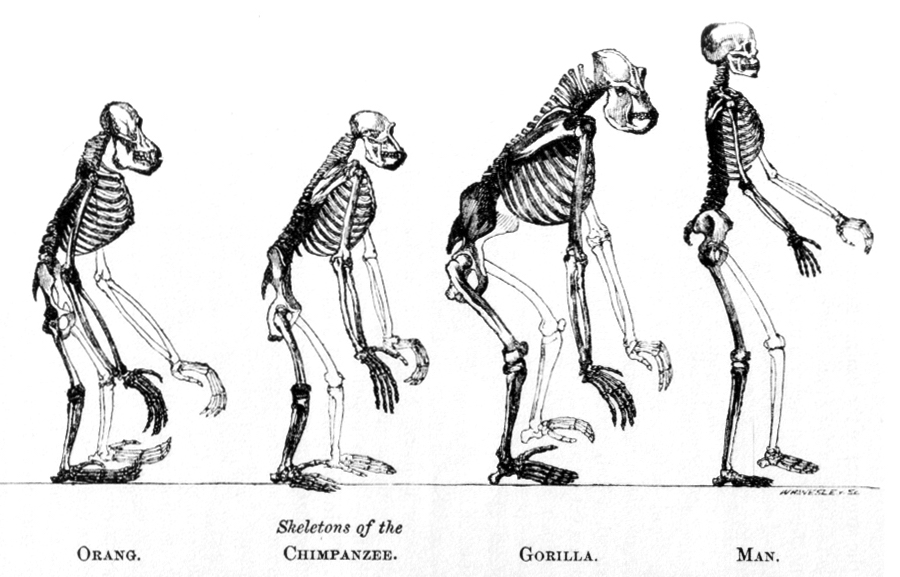Here now we see the controversy surrounding Louis Agassiz. Agassiz was essentially a creationist who believed the natural order was a work of God. When Agassiz arrived in the United States, he wrote much on the topic of polygenism. Polygenism is essentially the idea that the races were created separately. This line of thought runs in opposition with monogenism, the idea that humankind all has a single origin, which is the theory the modern scientific view favors. This fact that Agassiz wrote so prolifically supporting the the ideas of polygenism, work that is often cited by racial purists and scientific racists, caused many in the scientific community to hold him in disdain.

Agassiz, for his part, never explicitly supported slavery and claimed that his views on polygenism had nothing to do with the politically charged topic. This line of thought within him was influenced by his mentor, Georges Cuvier, who also held this view within his scientific work. Agassiz believed that as there many genera and species of other living beings, so too are humans divided geographically in distinct and separate acts of creation. This concept of God’s work was of great importance to Agassiz throughout his life.
He also related this theory to his geological works. Agassiz noted paleogeographic distribution of like species within the geologic record that could not be attributed to migration patterns. He wondered how the same species of fish could live in two separate bodies of water with no path to connect them. His work led him to believe that species are naturally autochthonous (meaning indigenous rather than descended from migrants) as opposed to migratory. This extended back to his ideas on polygenism.
Agassiz’s belief in polygenism and resistance to accepting evolution also played a role in his previous works. In “Studies on glaciers”, Agassiz stated the following: “The epoch of intense cold which preceded the present creation has been only a temporary oscillation of the earth’s temperature, more important than the century-long phases of cooling undergone by the Alpine valleys. It was associated with the disappearance of the animals of the diluvial epoch of the geologists, as still demonstrated by the Siberian mammoths; it preceded the uplifting of the Alps and the appearance of the present-day living organisms, as demonstrated by the moraines and the existence of fishes in our lakes. Consequently, there is complete separation between the present creation and the preceding ones, and if living species are sometimes almost identical to those buried inside the earth, we nevertheless cannot assume that the former are direct descendants of the latter or, in other words, that they represent identical species”. Essentially, Agassiz says that each ice ages separates the acts of creation by God. As with most of his work, Agassiz found ways to relate his spirituality and religion to his work. This is the primary reason why Agassiz was so resistant to change.
Agassiz opposed the theories of both monogenism and evolution. According to him, the idea of evolution reduced the wisdom of God. All of his life, he saw the Earth as a great creation by God. To him, the idea of evolution opposed God’s creation. As such, he never in his life embraced the work of Darwin, which had already become widely accepted in the scientific community. Of course, it is of great importance to note that Agassiz rejected racism and believed in human unity. However, there are notable moments where he has been quoted in favor of racial prejudice. In fact, the Swiss government itself has acknowledged Agassiz’s racist tendencies. This accusation of racism has led to the renaming of landmarks and institutions that bear his name. Reception of this is often mixed due to the fact that Agassiz’s contribution to the totality of human knowledge is undeniable.